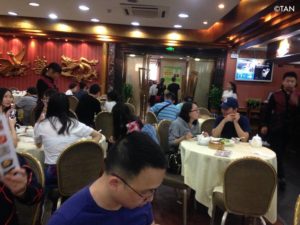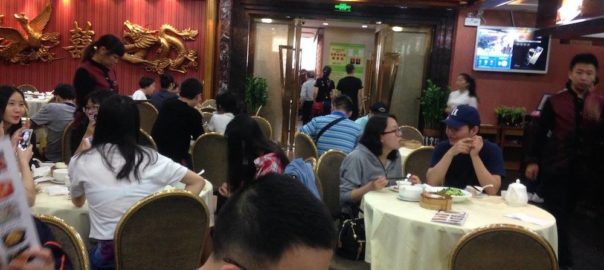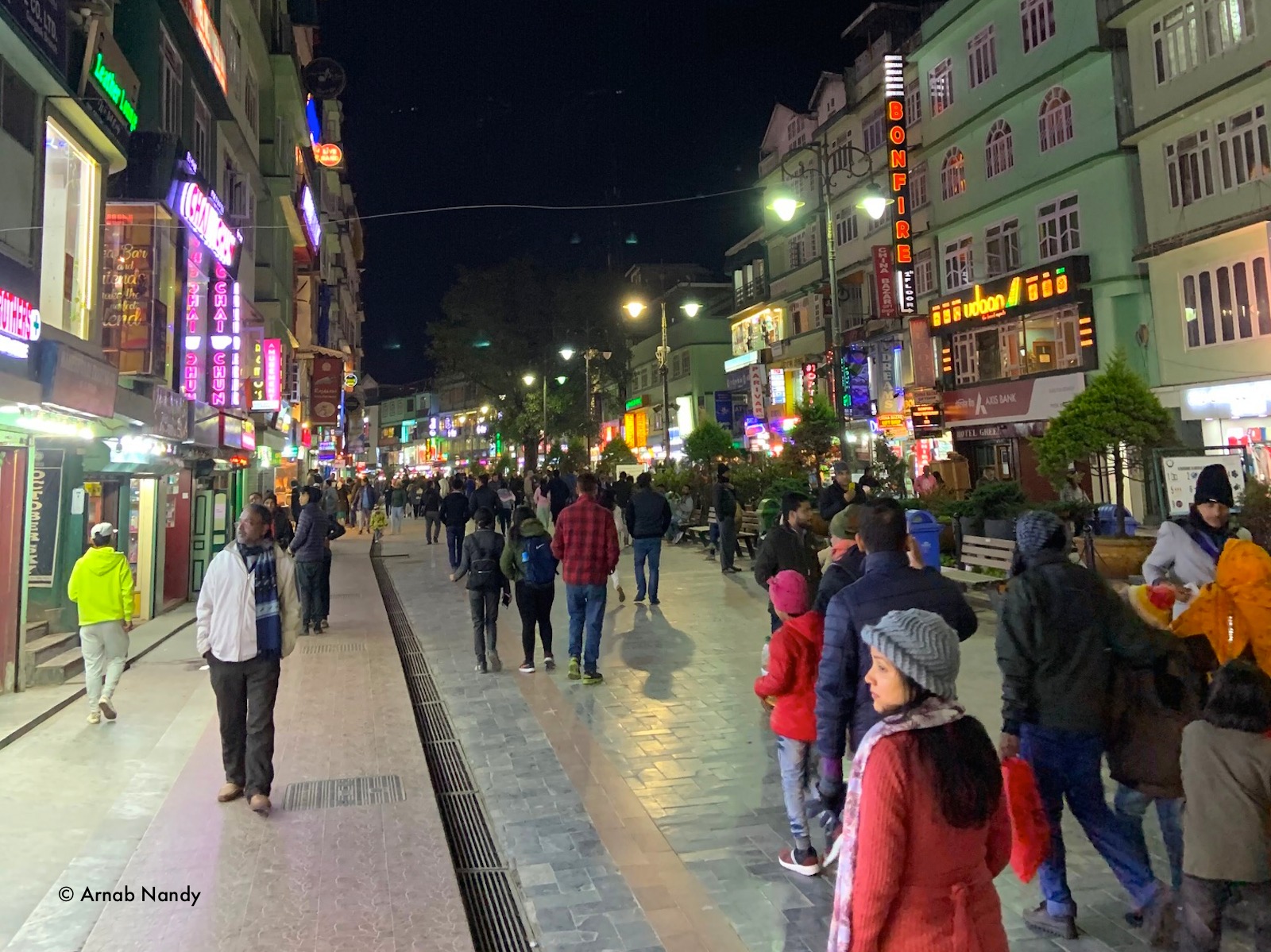
At a time destinations such as Venice, Barcelona, Dubrovnik and Machu Pichhu are introducing tickets and tourist taxes to keep a minimum check on the ridiculous number of people going to these places every year, an increasing number of travellers are choosing destinations that are low-key.
Now, what is the reason behind this trend?
We live in times when words such as “authentic” and “real” carry a lot of weight in the tourism industry.
The Philippines is now promoting itself in the Gulf countries as a destination where visitors can have “authentic” cultural experiences and connect with the local communities. The archipelago nation plans to give visitors the opportunity to discover local villages, interact with traditional communities, and experience the nation’s rich cultural diversity.
I find almost every tourist who goes to India wants to see the “real” India. But what exactly is that real India? In the minds of most international visitors, that is confined to crowded non-air-conditioned trains and abject poverty in city slums and rural areas.
But the change in this mindset started quite a while ago and the results are now around for us to observe.
The Sharing Economy
In today’s India, and elsewhere for that matter, it isn’t surprising to see foreign faces in regular suburban towns and other places that have no tourism value in the traditional sense.
The sharing economy, especially platforms such as home-sharing portal Airbnb and hospitality-exchange network Couchsurfing, have opened hitherto non-existent doors for more people to connect and ultimately share “authentic” and “real” experiences.
Specialised local tours are gaining popularity because of this same reason.
Most visitors to a new city would prefer to go on a food tour of a city conducted by a local person because they will consider it “authentic”.
Someone I know runs an Airbnb in Kolkata and he takes his guests on tours at sunrise that involve taking the various forms of public transport in the city — tram, bus, ferry. You get the drift.
Walking tours with local guides are popular in hundreds of both touristy and non-touristy cities around the world. Many people going to the less popular ones seek out tours that they think will give them the best immersive experience.
What you believe is what counts
These are, one could argue, not traditional tourism activities. But these, the visitors believe, will take them as close to living the life of a local person as possible.
These irregular itineraries and activities bring them closer to their idea of an “authentic” and “real” experience. And what you believe is what counts.





You must log in to post a comment.